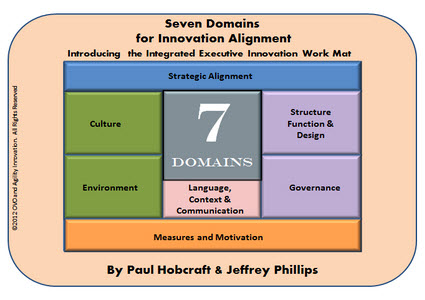
Why change our thinking and designing around innovation ecosystems?“
For me, ecosystem thinking and design offer fresh ways for accelerating mutual learning, and through this innovation, outcome potential for sharing and knowledge building.
As we build an understanding of the power of digital platforms and ecosystem thinking, we can see gains and new values and realize different opportunities denied to us in the past by a lack of clarity, depth of understanding of what was in front of us but not appreciated, as we were looking at it differently and not seeing its potential in a combined value or bundling.
Today we live in a more connected world; technology has enabled this.
We are becoming far more networked and have a growing awareness of hyper challenges that we are in part resolving. Still, we face many blurring boundaries across market positions, competitors and global trade that need combining our talent and expertise to provide a new set of solutions, delivering on promise and impact. We are in a more complex world, needing different approaches within business organizations.
We hold the promise of liberating potential in resolving wicked problems and opportunities, providing we embrace the potential to combine and share outside our organization and tap into the rich diversity of knowledge, equally keen to collaborate and cooperate to achieve a more cross-cutting innovation that provides solutions to these more complex problems.
Continue reading “Building out our innovation ecosystem in design and thinking”








